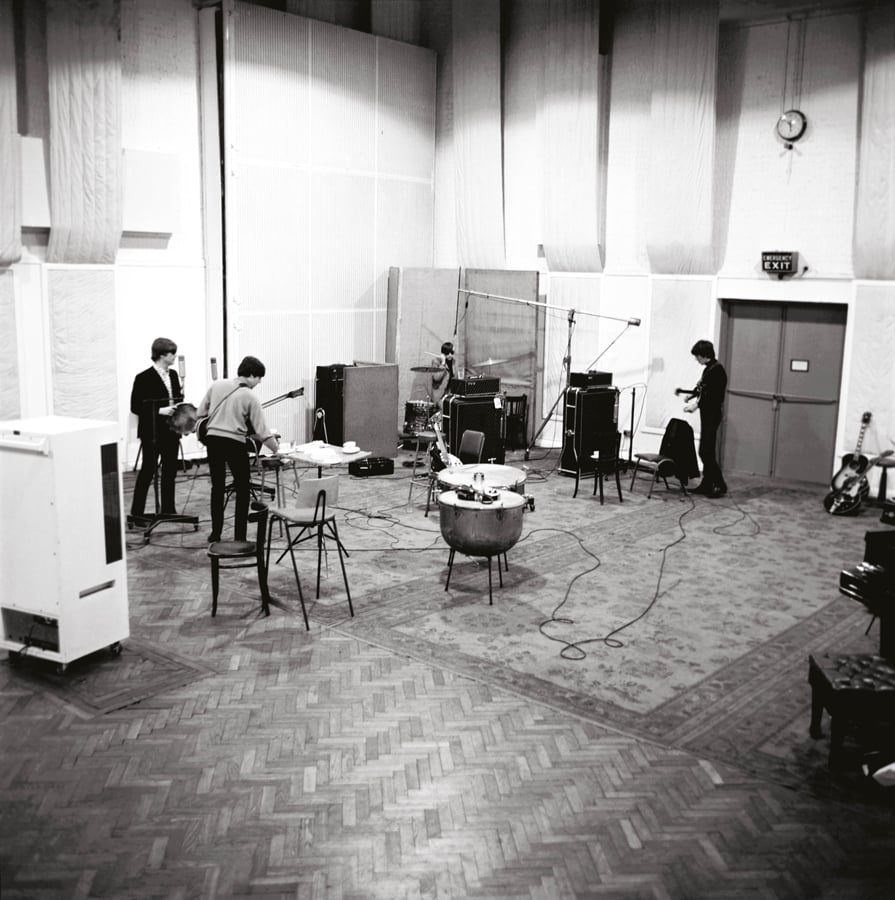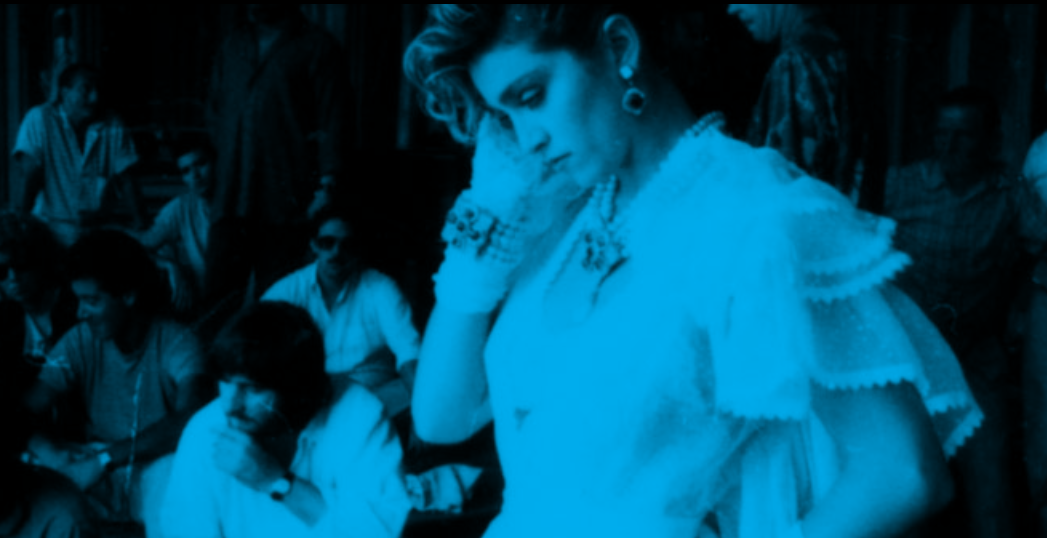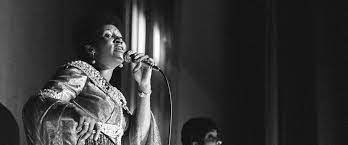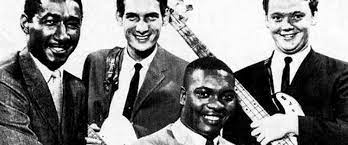About This Lesson
The “Beatlemania” that swept much of the world in 1964 was so intense that many pundits projected it could not sustain beyond a year. However, the opposite was true. By 1966 The Beatles, who had played tiny pubs only a few years earlier, graduated from multi-night theater engagements to sports stadiums. As was often the case throughout The Beatles’ history, they were the first; no group had yet performed in venues this size. As trailblazers, The Beatles discovered many ways in which the technologies of producing live music events were not yet capable of supporting their needs. For instance, P.A. systems–the microphones, mixing boards and speakers through which sound is projected at concerts–were inadequate at these venues. The Beatles had no “monitor” speakers on stage and strained to hear one another over the screaming audience. And it could be hard for that audience as well: at Shea Stadium in New York, The Beatles sang through the tinny, pole-mounted speakers used by The Mets’ announcer to introduce baseball players. There were physical dangers too. On stage, rain meant the very real possibility of electrocution. Unlike the fortified boundaries between performers and fans one finds at present-day venues, The Beatles were exposed to their audience on nearly all sides at all times. Fans rushed the stage at concerts and blocked roads and swarmed The Beatles’ vehicles elsewhere.













